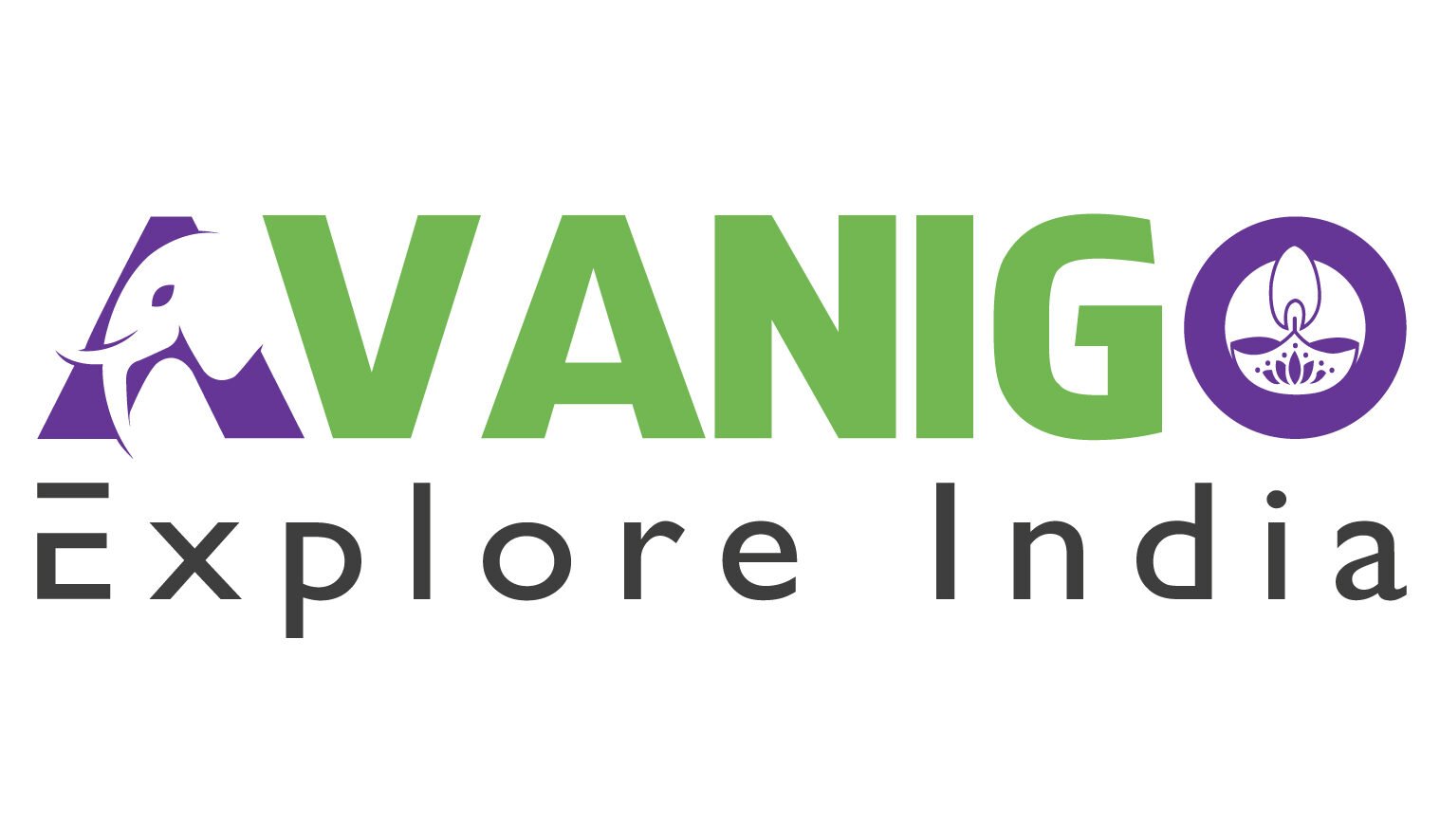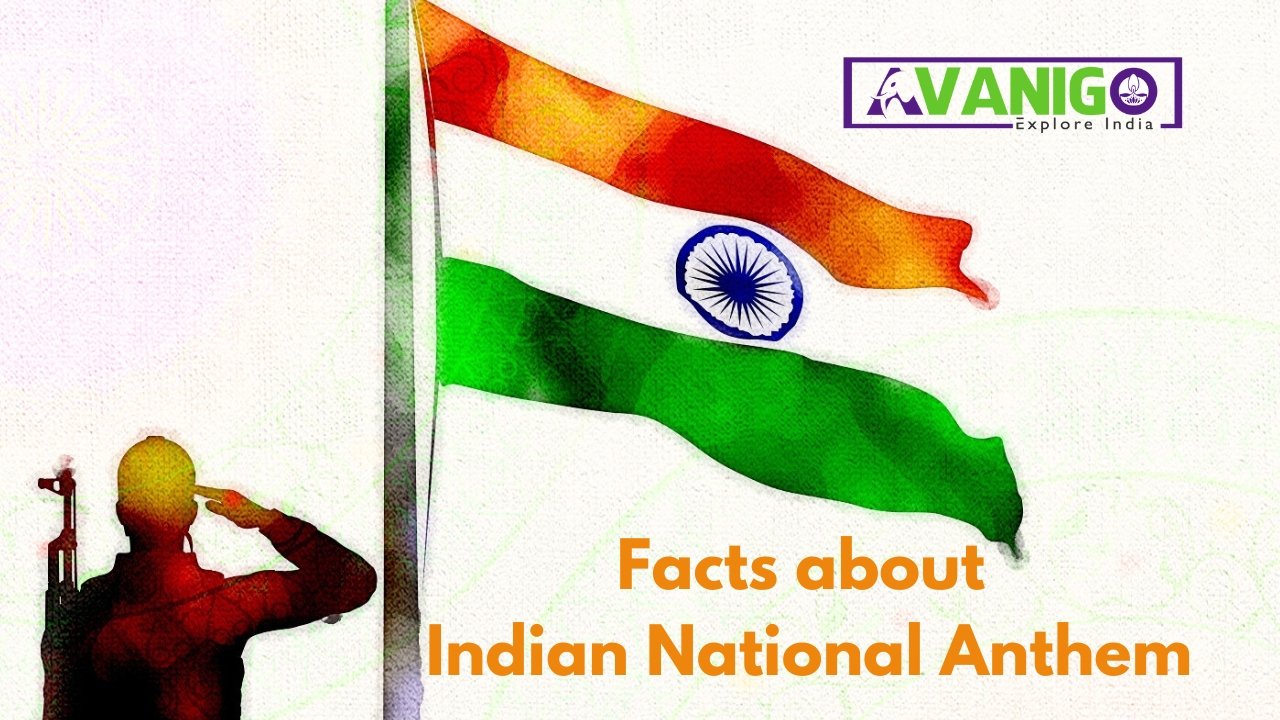Can you close your eyes and hear that powerful melody ringing in your heart? The soaring notes that make your spine tingle with pride for our incredible nation? We are talking about the mighty “Jana Gana Mana” – the iconic national anthem of India whose unique story will leave you in complete awe. So come along, our young friends, as we unravel the fascinating journey behind this unifying musical masterpiece.
Quick Navigation
Jana Gana Mana: Rabindranath Tagore’s Masterpiece
A true Renaissance personality, Rabindranath Tagore had no equal as a poet in poetry, drama, fiction, song or anything else using the pure enchantment of the word.
In 1911, Tagore put his incredibly talented pen to paper and created something extraordinary – a powerful Bengali poem aptly titled “Bharata Bhagyo Bidhata.” Little did this literary legend know that his evocative verses would become the beating heart of our nation over three decades later.
The iconic writer had been invited to capture the spirit and essence of India for a somewhat monumental occasion. He was asked to compose this patriotic piece for the royal coronation of King George V and Queen Mary as the Emperor and Empress of the British Empire in India.
So, Tagore set to work, painting a vivid tapestry of India’s boundless beauty, courage, and unity through his incredible mastery of words. The final result? An immortal creation as part of his “Bhanu Singha Thakurer Padabali” collection that would echo through the ages.
The National Song of India: How Jana Gana Mana Became Indian Anthem
The national pride that erupted in India upon the country’s ultimate independence from British rule in 1947 is difficult to describe. We restored our beloved independence and freedom after decades of sacrifice and effort.
But with this hard-won victory came an equally important question – what soul-stirring song would encapsulate the unbreakable spirit of our country as its national anthem? Countless melodies and verses were considered, but one brilliant composition soon outshone them all.
The great song “Jana Gana Mana” by Rabindranath Tagore was formally approved as India’s national anthem on January 24, 1950, by the esteemed Constituent Assembly. And just like that, the stirring lines we still sing with reverence and passion today were inspired by the opening stanza of this literary masterpiece.
Why did Tagore’s creation stand out above all others, you ask? Well, his immortal words painted the most breathtaking picture of our motherland’s unparalleled beauty, courage and diversity in a way no other could. The influential members of the Assembly knew they had found the perfect musical embodiment of our nation’s spirit.
Read All About Dr. Manmohan Singh, the former Prime Minister of India
The Meaning Behind the Jana Gana Mana
By now, your curiosity is piqued to truly understand the more profound significance behind those electrifying verses we sing with such pride during every national event and school assembly. So, let’s dive into the real meaning that makes Jana Gana Mana so profoundly unique:
The opening line of Indian national anthem Jana Gana Mana can be beautifully translated as “Thou art the ruler of the minds of all people.” Right from the very first word, our anthem pays the highest tribute to that eternal, all-pervading spirit of India that unites every one of us despite our vibrant kaleidoscope of cultures, languages, religions and backgrounds.
As Tagore’s powerful poetry continues to unfold, it vividly evokes our motherland’s immense natural beauty and splendour. From the majestic, snow-capped peaks of the mighty Himalayas to the vastly fertile lands lovingly nurtured by our great rivers, these immortal lines celebrate every glorious geographic wonder.
But our anthem isn’t merely about physical beauty and grandeur. It’s an ageless ode to the idea of Bharat itself – a nation whose undying spirit and sacred Indian philosophical wisdom can never be subjugated or extinguished. A birthplace of age-old traditions, eternal ideals and unmatched knowledge that have withstood the test of time for thousands of years.
Jana Gana Mana Lyrics: Indian National Anthem in Hindi and English
“जन गण मन अधिनायक जय हे,
भारत भाग्य विधाता
पंजाब सिंध गुजरात मराठा
द्राविड़ उत्कल बंग
विंध्य हिमांचल यमुना गंगा
उच्छल जलधि तरंग
तव शुभ नामे जागे
तव शुभ आशिष मांगे
गाये तव जय गाथा
जन गण मंगल दायक जय हे
भारत भाग्य विधाता
जय हे जय हे जय हे
जय जय जय जय हे…”
“Jana Gana Mana Adhinaayak Jaya Hey,
Bhaarat Bhaagya Vidhaataa
Panjaab Sindhu Gujarat Maraatha,
Draavid Utkal Banga
Vindhya Himaachal Yamuna Ganga,
Uchchhal Jaladhi Taranga
Tav Shubh Naamey Jaagey,
Tav Shubh Aashish Maange
Gaahey Tav Jayagaathaa
Jana Gana Mangal Daayak,
Jaya Hey Bhaarat Bhaagya Vidhaataa
Jaya Hey, Jaya Hey, Jaya Hey,
Jaya Jaya Jaya, Jaya Hey”

Fun Facts About National Anthem of India
Now that the majesty and deeper meaning have entirely blown away your mind behind our glorious national anthem prepare to be equally amazed by these mind-boggling fun facts that very few know about:
- While only the opening stanza was adopted, Tagore’s original Bengali poem “Bharata Bhagyo Bidhata” was comprised of a total of 5 powerful stanzas.
- This iconic piece was birthed from a musical invocation Tagore had composed for his Brahmo followers before transcending into a national ode.
- The first time “Jana Gana Mana” echoed through the air was on December 27, 1911, at the historic Calcutta Session of the Indian National Congress. Can you imagine being present for that electrifying moment?
- Not only did the brilliant Tagore craft the evocative verses, but he also composed the hauntingly beautiful melody and tune for our anthem.
- Music fans will be delighted that our national anthem is a melodic marvel without a single flat or sharp note from start to finish.
- Before the national song of India was finalized, other equally powerful compositions like “Vande Mataram” and “Subh Sukh Chain” were also considered potential candidates for our anthem.
- While the original was penned in Bengali, Tagore’s immortal words have been lovingly translated into multiple other Indian languages like Hindi, English, Sanskrit and several more.
- Interestingly, the Hindi translation “Bharata Bhagya Vidhata” has slightly different lyrics than the Bengali original, retaining the soul-stirring essence.
- At just 52 seconds long, when sung at a typical pace, our national anthem is officially one of the shortest worldwide—quality over quantity.
- In 2022, a sporadic audio recording of Tagore passionately singing our anthem in his iconic voice was re-discovered and shared with the world after over 80 years.
Facts and Legacy of Bharatiya Janata Party
Final Words
Jana gana mana – Indian National anthem symbolizes the unity and diversity of India. It fills us with immense pride and reminds us of our national identity. It brings a lot of pride to us and refreshes our national identity. Today, millions of people from India are still encouraged by the good words of Rabindranath Tagore. Hope you have enjoyed learning about our anthem’s history, meaning and importance. Let us honour it daily by following the rules and feeling proud to say – Jai Hind!
Swetha is a Content Specialist, LinkedIn Branding and B2B Marketing Consultant. When she is not in the world of B2B, she researches the roots and beauty of Indian Culture and Traditions. She is the author of the book: 365 Days 365 Posts – The Guide to LinkedIn Personal Branding, available exclusively on Amazon. Connect with her on LinkedIn.

